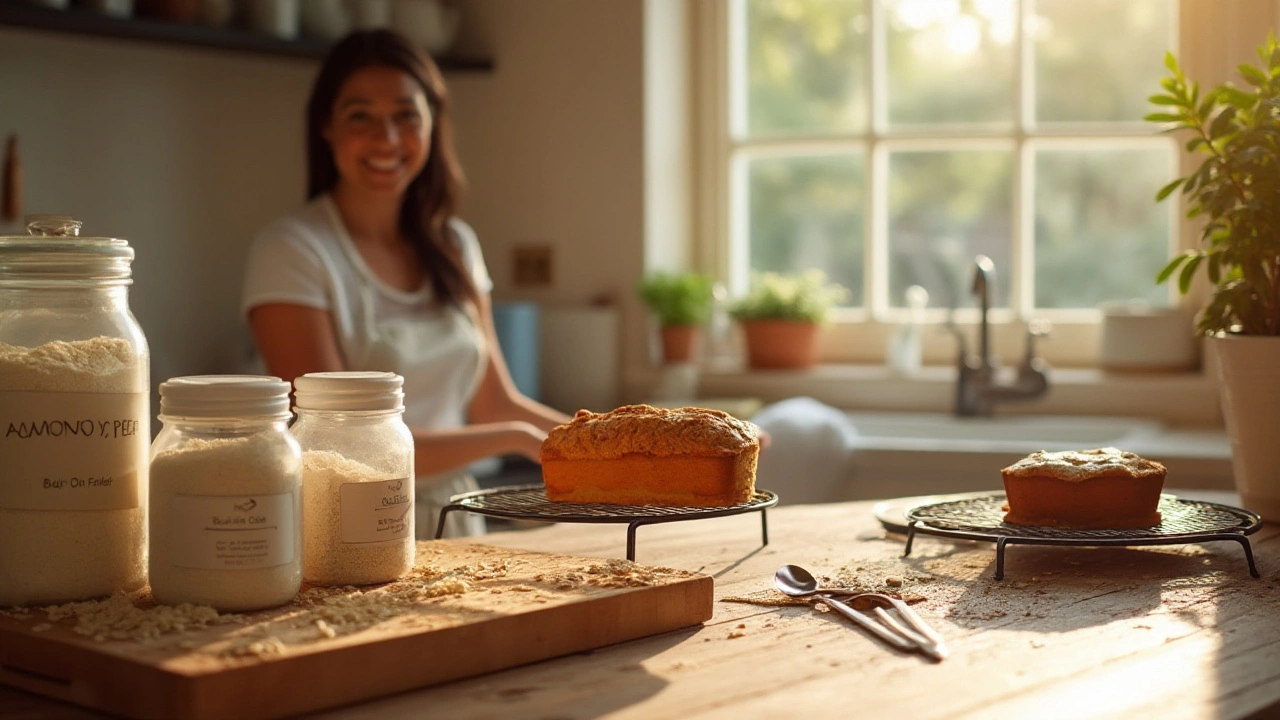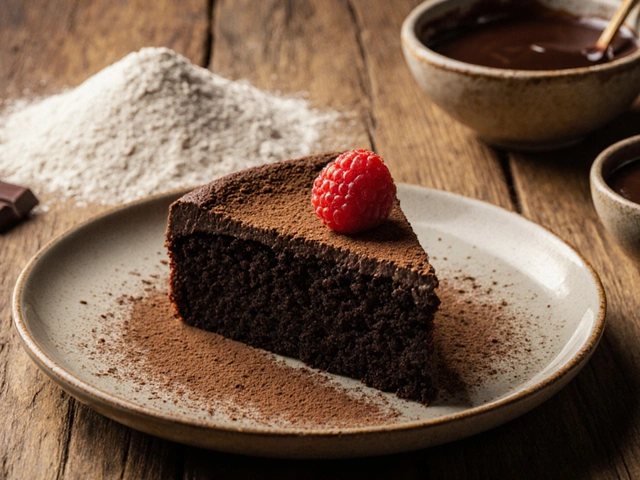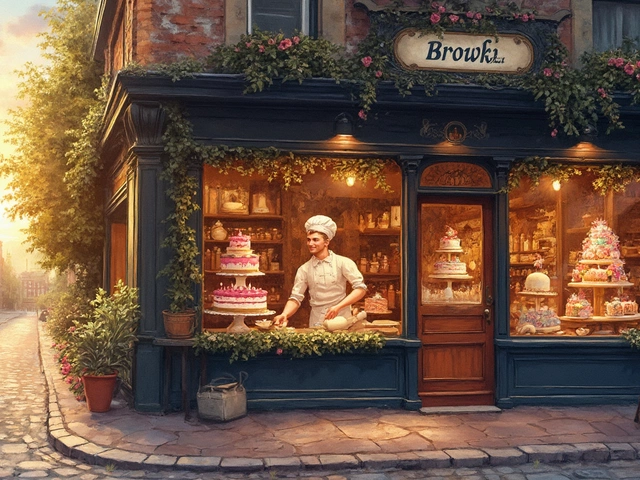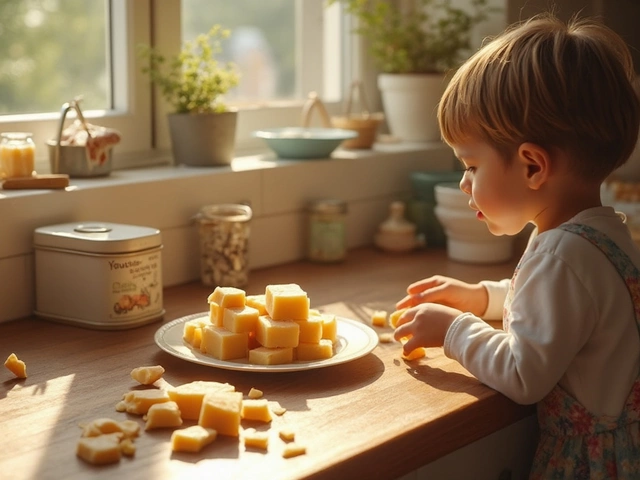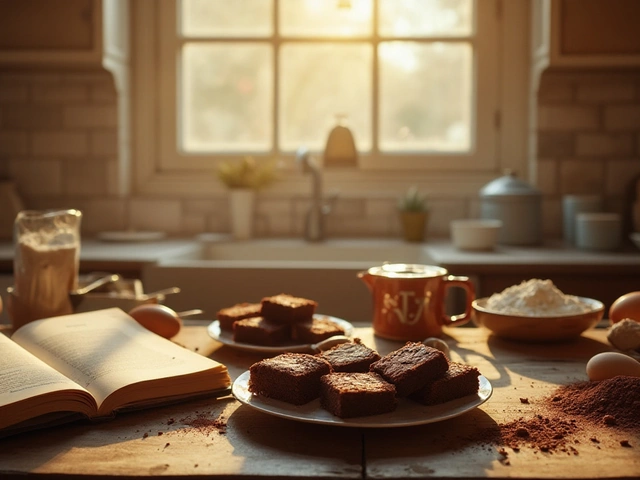Gluten‑Rich Foods: Guide and Tips
If you love a good loaf of bread or a chewy cookie, chances are you rely on gluten‑rich foods. Gluten is the protein that gives dough its stretch and crumb. Knowing which ingredients are high in gluten helps you plan better recipes, avoid surprises, and get the texture you want.
Common Gluten‑Rich Ingredients
The most obvious source is wheat flour. All‑purpose, bread, and whole‑wheat flours contain plenty of gluten. But you’ll also find gluten in barley, rye, spelt, and kamut. These grains can appear in breads, crackers, cereals, and even some sauces as thickening agents. If a product lists “malt” or “wheat starch,” it likely contains gluten too.
How to Use Gluten‑Rich Foods in Baking
When you want a chewy texture, use bread flour. It has more gluten than all‑purpose flour, which means stronger dough that can hold shape. For tender cakes, stick with all‑purpose or a blend of cake flour and a little bread flour. Adding a spoonful of vital wheat gluten to low‑gluten flours boosts rise and elasticity, perfect for homemade pizza crust.
Mixing techniques matter as well. Kneading develops gluten, so give your dough a solid 8‑10 minutes of hand‑kneading or use a stand mixer with a dough hook. Over‑mixing cake batter can make it tough, so stop as soon as the flour disappears.
If you’re experimenting with flavors, try incorporating whole‑grain flours like rye or spelt. They add a nutty taste and keep some gluten, giving you a balanced chew. Just remember that rye flour behaves differently – it needs a bit more water and less kneading.
Finally, store your gluten‑rich flours in airtight containers away from heat. Fresh flour works better, and you’ll notice a clearer crumb in breads and a softer bite in cookies. With these simple pointers, you can harness gluten to create better‑rising loaves, crisp crusts, and satisfying textures in all your baked goods.
